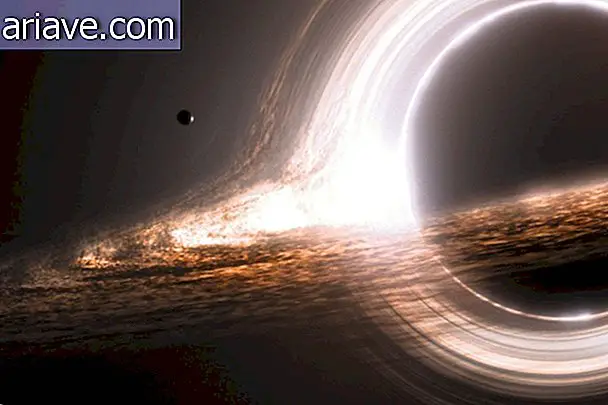Space greenhouse model surprises with food production
An Antarctic-built greenhouse with a focus on testing for food production in space completed its first year of experiments with very encouraging results. Developed by scientists at Deutsches Zentrum für Luft- und Raumfahrt - DLR or German Aerospace Center - the structure, which measures 12.5 square meters, produced a total of 268 kilograms of vegetables in just 9.5 months, surpassing expectations. for the crop in this period.
Space Garden
Named Eden ISS, the greenhouse was built in Antarctica precisely because of the extreme conditions encountered on the icy continent, whose characteristics resemble the inhospitable space environment. Because of this, of course, food production does not occur in the traditional way: cultivation is based on aeroponic techniques, where there is no land use, plants are exposed to artificial light sources and receive the necessary nutrients for their production. growth and flowering through specific solutions.

But don't think it didn't take work to grow plants in Antarctica! During this testing period, the researchers taking care of the structure had to invest about 2/3 of the time on site maintenance and operation activities, and the remaining third was spent on planting, plant care and food harvesting.
In addition, German scientists still spent 4-5 hours a day on experiments - and of course a number of unforeseen events occurred during the tests, such as imbalances in biofilms used to nurture plants and some difficulties with greenhouse bombs. All the problems were corrected and the tests showed that, although adjustments are needed so that a greenhouse like this can be used in space, it is a viable project and could be of great use for future manned missions.
Vintage
Of the nearly 270 kilograms of food produced, the researchers harvested 117 kilograms of lettuce, 67 kilograms of cucumber and 50 kilograms of tomatoes, and instead of using the 2.1 kilowatts predicted by the team, energy consumption was only 0, 8 kilowatts. In addition, according to surveys conducted by scientists, such a structure could meet the demands of astronauts on the International Space Station with ease - and, if necessary, these greenhouses could help meet the need for food on moon missions or to Mars.

To this end, the researchers behind the project agree that modifications and work will be needed to reduce the amount of time astronauts and space explorers will have to devote to plant cultivation - after all, these people spend most of their days conducting experiments and other activities in space.
The team is already developing a space module that will contain the greenhouse and could be transported by SpaceX's Falcon 9 to the International Space Station and docked there, ensuring fresh vegetables and supplies to the space lab's occupants.
Space greenhouse model surprises with food production via TecMundo











